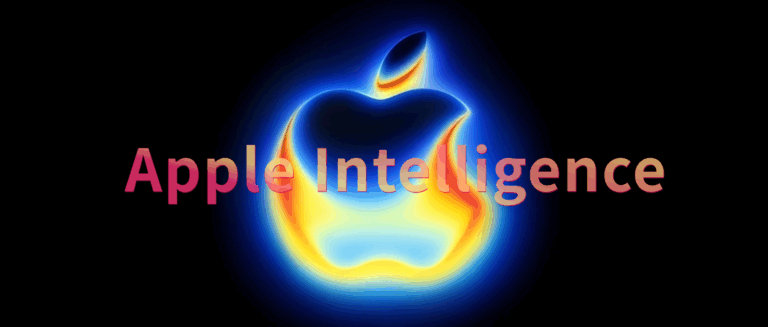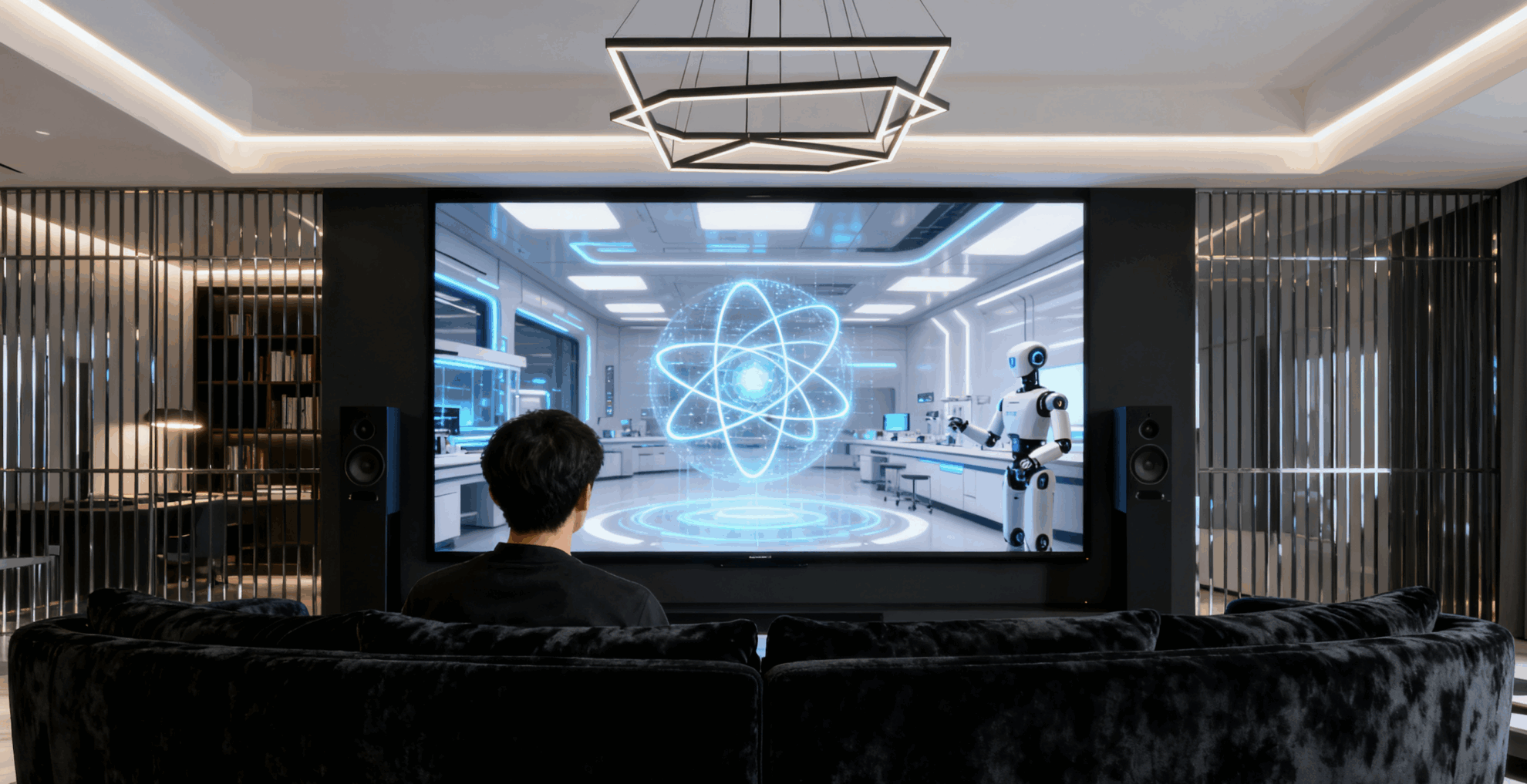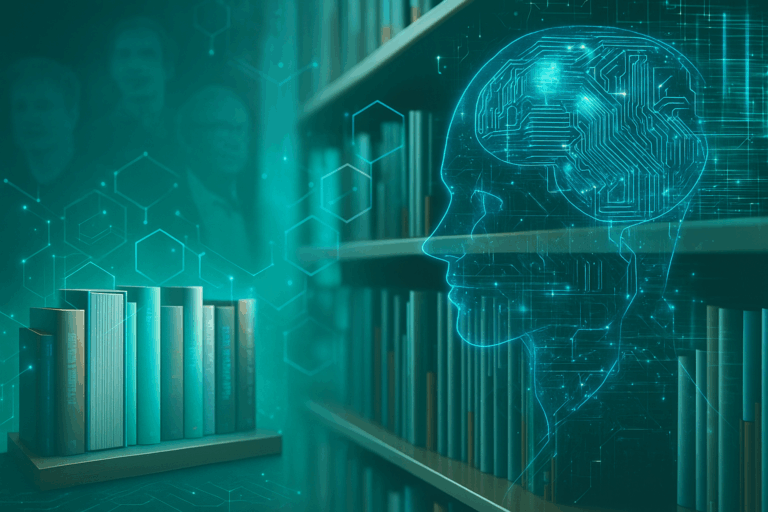Apple Intelligence Is Fully Implemented, With Core Product AI Features Upgraded: real-time Translation, Visual Intelligence, and Hypertension monitoring.

On September 10th, Beijing time, Apple's 2025 Fall Event once again sparked heated global discussion. However, the upgrades at this event went beyond the hardware upgrades for the new iPhone 17 series. The full implementation of Apple Intelligence demonstrated Apple's continued exploration of AI and sent a clear signal to the market: Apple is building the foundation for the future of intelligent experiences.
Over the past year, Apple has gradually unveiled the outline of its own AI strategy. Whether it is the debut of Apple Intelligence in 2024, which has set a record for the largest increase in stock price in nearly two years,Or the successive exposure of new upgrades such as Live Translation and Visual Intelligence at the WWDC press conference in June 2025,All of these clearly outline Apple's ambitions in the AI landscape.
Previously, Apple Intelligence integrated ChatGPT with its own self-developed models, sparking questions and heated debate about Apple's independent R&D capabilities. Meanwhile, rumors of potential collaborations with major model manufacturers like Google Gemini, Alibaba, and Baidu also drew attention to the upcoming autumn event.
However, regardless of whether Apple promotes an open strategy, driven by users' expectations for intelligence itself, AI has gradually become the underlying logic of Apple products, from mobile phones to watches, from headphones to chips, and related news about the AI ecosystem has unsurprisingly become a hot topic at press conferences.
Three core products usher in functional updates: Apple Intelligence, from a virtual concept to full implementation
Last year, Apple Intelligence debuted as a brand new concept. This year,It has begun to truly integrate into the product ecosystem, becoming the underlying capability of iOS, watchOS and a variety of hardware.Compared with the demonstration-only function last year, it now covers practical scenarios such as writing, translation, and image processing, and is gradually entering daily use.
Among them, based on advanced computational audio technology and Apple Intelligence models running on iPhone,AirPods Pro 3 has the most eye-catching upgrade - the "real-time translation function" for cross-language communication.With a simple new gesture, users can instantly translate what the other person says into the desired language when traveling or shopping abroad, enabling natural conversations. This translation goes beyond word-for-word replacement and accurately understands the meaning of phrases to ensure smooth communication. If both parties are wearing AirPods Pro, truly barrier-free communication is possible.
In addition, the new AirPods also incorporates the device-side AI model.Added the function of calorie consumption and heart rate detection during exercise.It also supports generative voice interaction, aiming to provide users with a new smart sports experience.

Apple Watch Series 11 has achieved functional upgrades in the field of health management. In addition to the "fall detection, car accident detection, heart rate and sleep monitoring" and other functions,The functional updates of the new generation of Apple Watch products focus on "high blood pressure risk reminders."It is reported that this new feature, based on advanced machine learning technology, uses research data from more than 100,000 participants.
Apple's new algorithm monitors 30 days of data in the background, identifying potential health risks by analyzing blood vessels' response to heartbeats and notifying users if signs of chronic hypertension are detected. Apple is moving beyond simply using the Apple Watch to prevent sudden health risks and is now expanding its focus to long-term health management.

The iPhone 17 uses more powerful hardware and system capabilities to promote improved creation and communication efficiency. The new visual intelligence in iOS 26 supports direct actions to understand and manipulate screen content, allowing users to complete operations such as searches simply by asking questions.Furthermore, real-time translation has been further integrated into phone calls, making cross-language phone or video conversations "as natural as everyday conversations." "Inherited in the spirit of Apple Intelligence, these experiences are meticulously designed to be both fluid and efficient, while protecting user privacy every step of the way."
In terms of photography functions, Apple supports the application of deep learning models to remove mosaics and reduce noise, greatly improving color accuracy in low-light conditions.

A19 and M19 Pro: Deep hardware evolution provides the computing power foundation for Apple Intelligence
To support a more complete AI ecosystem, Apple has comprehensively strengthened its hardware and system levels.The new generation of iPhone, Apple Watch and AirPods have enhanced AI computing capabilities in chip architecture.This allows more tasks to be completed locally, ensuring privacy and significantly improving response times. With the simultaneous evolution of software and hardware, Apple Intelligence is no longer just a concept demonstration; it has become the core engine driving the user experience.
The new A19 chip on the iPhone 17 is core hardware designed specifically for Apple Intelligence. The A19 chip has faster computing efficiency when processing on-device generative models and large language model tasks.It is also equipped with an advanced CPU design to further optimize its collaboration with AI.

In addition, Apple’s new models, including the iPhone 17 Air and iPhone 17 Pro/Pro Max, are all equipped with the new M19 Pro chip and have undergone in-depth upgrades around AI capabilities. The M19 Pro chip introduces a 6-core high-performance CPU and directly integrates a machine learning accelerator into the CPU.It provides stronger computing power guarantee for health monitoring and real-time interaction.
at the same time,The chip has a neural network accelerator built into each GPU core.This architecture provides a solid foundation for computational photography, video processing, and generative AI, enabling image and video processing to be more efficient and energy-efficient while maintaining high performance. From the chip's underlying architecture to the system level, Apple is committed to reshaping the future of intelligent experiences through the close integration of hardware and AI.

Apple's low intelligence content has drawn mixed reviews from the industry.
On the eve of the press conference, Tim Cook posted a warm-up post on his X account. In the comment section, in addition to calling for the return of live press conferences, many netizens were looking forward to the latest developments in Apple Intelligence.

It now seems that unlike other giants that often spend a lot of time at press conferences introducing upgrades to their AI capabilities, the core of Apple's press conference this time was more about demonstrating how Apple Intelligence drives the implementation of new features in its hardware ecosystem. The market and users' reactions to this are also different.
on the one hand,In this era of competing in model performance and AI innovation, discussions about "Apple falling behind" have always existed, and the absence of Apple Intelligence updates at the autumn conference has once again sparked discussions. Analyst Daniel Newman wrote, "Apple showcased a series of eye-catching incremental products, but investors need more news on AI and Apple Intelligence. At present, Apple needs to compete with Google, NVIDIA and others for market attention and growth space."

At the same time, some netizens also raised questions:Apple hasn’t mentioned any single feature of Apple Intelligence in the iPhone 17 series.

On the other hand, for Apple, which excels at engineering innovative technologies, "re-implementation" may also be its new approach in this round of AI competition. Therefore, many media and users have given high praise to the real-time translation of headphones, the hypertension risk reminder of watches, the visual intelligence innovation of mobile phones, etc.
For example, analyst Max Weinbach said,“Apple is not an AI company.Investors are more focused on the hardware devices than the AI capabilities. These devices are excellent and they will drive hardware sales."

Once upon a time, Apple's annual September event was hailed as a bellwether for the industry. From its initial disruptive innovations in the mobile phone ecosystem to its current product lineup, Apple consistently delivers surprises in product design and user experience. However, as the AI race began, Apple seemed to gradually fall out of the lead. Finally, in 2024, Apple introduced Apple Intelligence to boost market confidence. However, the pace of its updates has given people a sense of fatigue, especially at a time of rapid iteration in model architecture and performance. Whether Apple's product-first approach can stand out remains to be seen.








